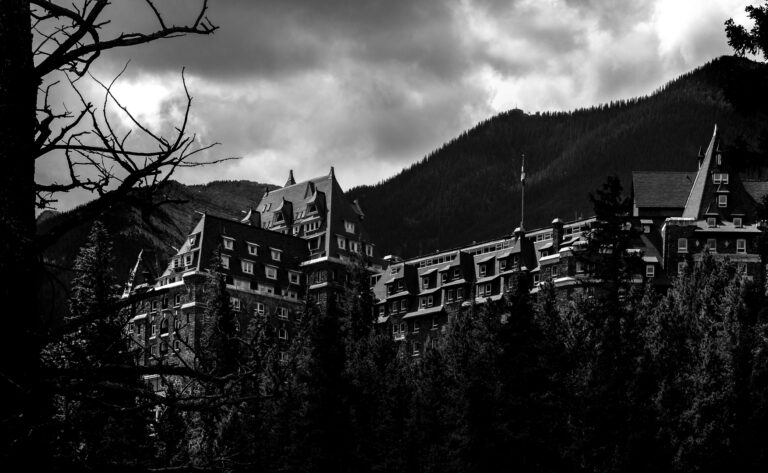After the flames: How fire-loving fungi help B.C.’s forests recover
UBC researcher Dr. Monika Fischer studies how fire-loving fungi like Pyronema and Neurospora help B.C. forests recover after wildfires by stabilizing soil, cycling nutrients and cleaning pollutants.

Photo credit: Dr. Monika Fischer.
As B.C. faces increasingly severe wildfire seasons, new research at UBC is revealing the hidden helpers at work underneath the ash. Assistant professor Dr. Monika Fischer studies pyrophilous fungi—fire-loving organisms that thrive in burned landscapes and may play a crucial role in helping forests recover.
Now that fall rains have returned and mushrooms are emerging across the province, these post-fire specialists are appearing too, turning blackened soil into a riot of colour.
What are pyrophilous fungi and what do they look like?
These are specialized fungi that appear only after fire—unlike the typical cap-and-stem mushrooms we know. Many belong to a group called Ascomycota and produce tiny, cup-shaped fruiting bodies in vivid colours. Pyronema creates a neon orange crust, Geopyxis forms brown cups with white rims, and Peziza adds a splash of purple. They grow among mosses and liverworts, creating a surprising rainbow of life against the blackened ground.

How quickly do these fungi appear, and what role do they play in recovery?
Once moisture returns, through rain, snow or even fire suppression, these fungi can emerge within weeks. In drier regions, it takes longer, but near creeks or wetter areas they appear remarkably fast. One species I study, Neurospora, shows up within weeks and then vanishes again.
These fungi help lay the groundwork for forest recovery. Their hyphae—the thread-like structures—bind the soil, preventing erosion and allowing water to soak into burned, water-repellent ground. They also restart nutrient cycles by breaking down charcoal and releasing carbon. Some species digest tough chemical pollutants in the soil, helping clean and restore the landscape as they rebuild it.
Do the same fungi appear after all fires?
In 2020, lightning storms sparked fires across very different California ecosystems. I expected to find different fungi in each, but the same species appeared everywhere—Pyronema and Anthracobia were consistent across all sites. Based on iNaturalist records and published studies, this pattern seems to hold worldwide: The same genera show up after fires, regardless of location or ecosystem type.

So that’s the next step in my research. We’re trying to understand where these fungi come from. The same species appear after fires even in places that haven’t burned in centuries. They don’t seem to float in from the air, so they must lie dormant in the soil, waiting for fire. A graduate student in my lab is developing methods to detect them in this hidden state, helping us uncover the underground spore bank beneath our feet.
Can people forage for fire fungi?
The best-known edible fire fungus is the morel, which often appears in spring in areas that burned the previous year. The smaller cup fungi aren’t worth foraging – you could probably fit about 20 Pyronema cups on a loonie. And as always, never eat anything you can’t identify, and follow local fire authority guidelines before entering burned areas.
Where can we find these fire-loving fungi in B.C.?
If you want to see these colourful fungi, visit areas that burned this past summer. We’re already spotting them in B.C.’s burn zones now that the fall rains have arrived. Look for tiny, cup-shaped fungi along the soil surface, often among mosses and small plants starting to recolonize. Even prescribed burn sites, like those managed by the Department of National Defence outside Victoria, are showing Pyronema fruiting just weeks after September burns.
For morel hunters, this year’s burn areas are the ones to mark on your calendar—next spring is when to return. You might even find post-fire fungi in backyard fire pits left undisturbed through winter.
Interview languages: English

Featured Researcher
Assistant Professor, Department of Botany, Department of Forest Sciences



